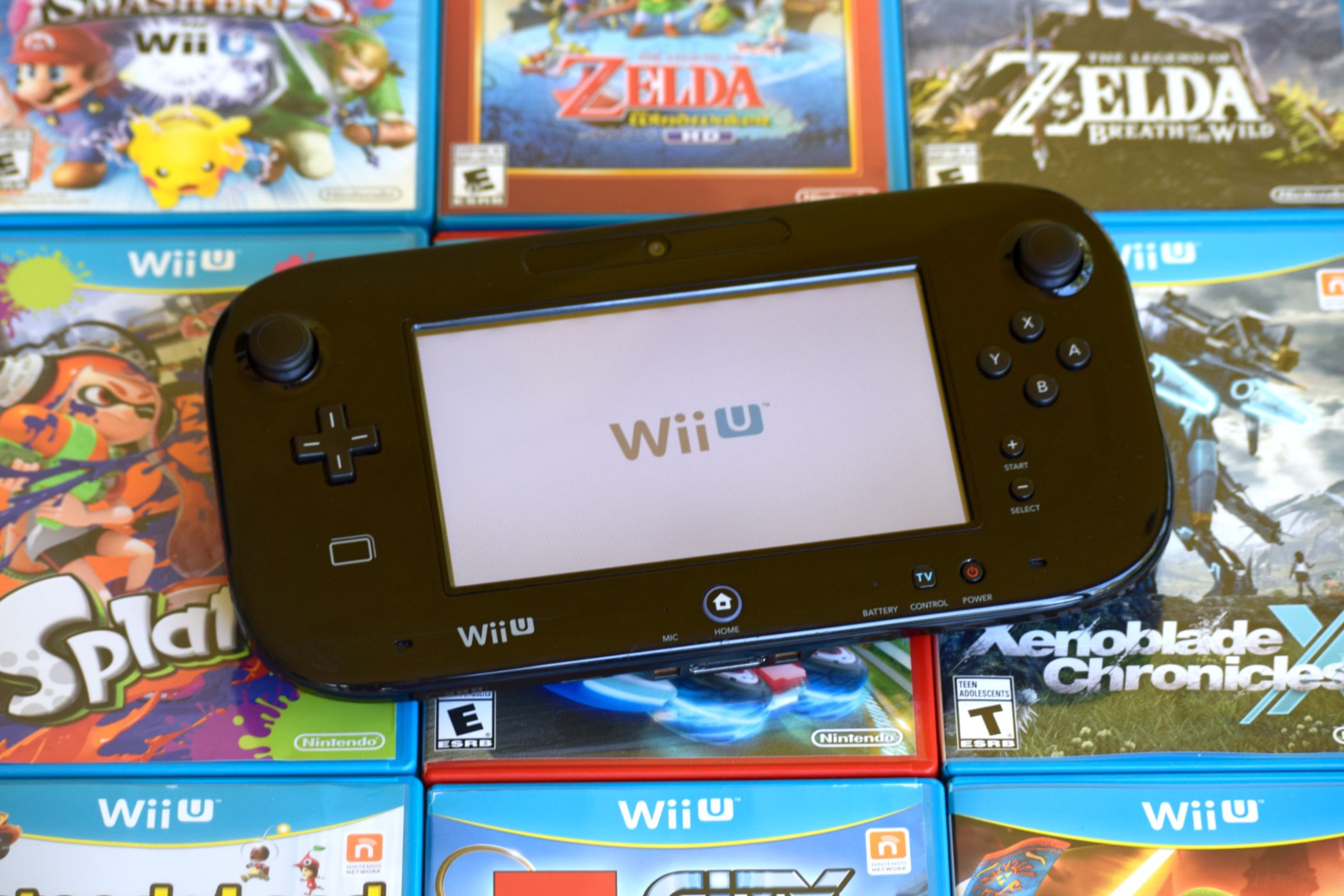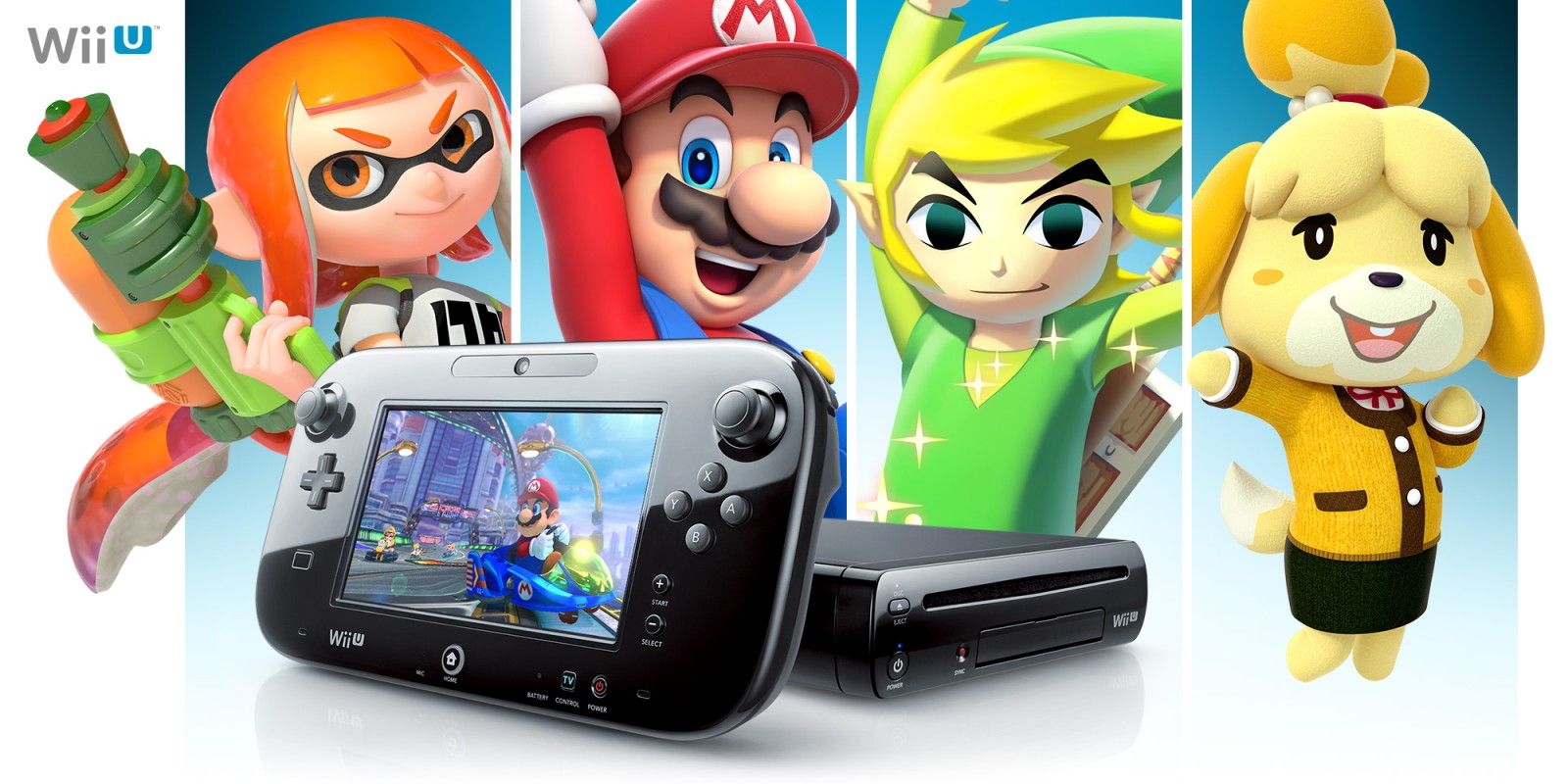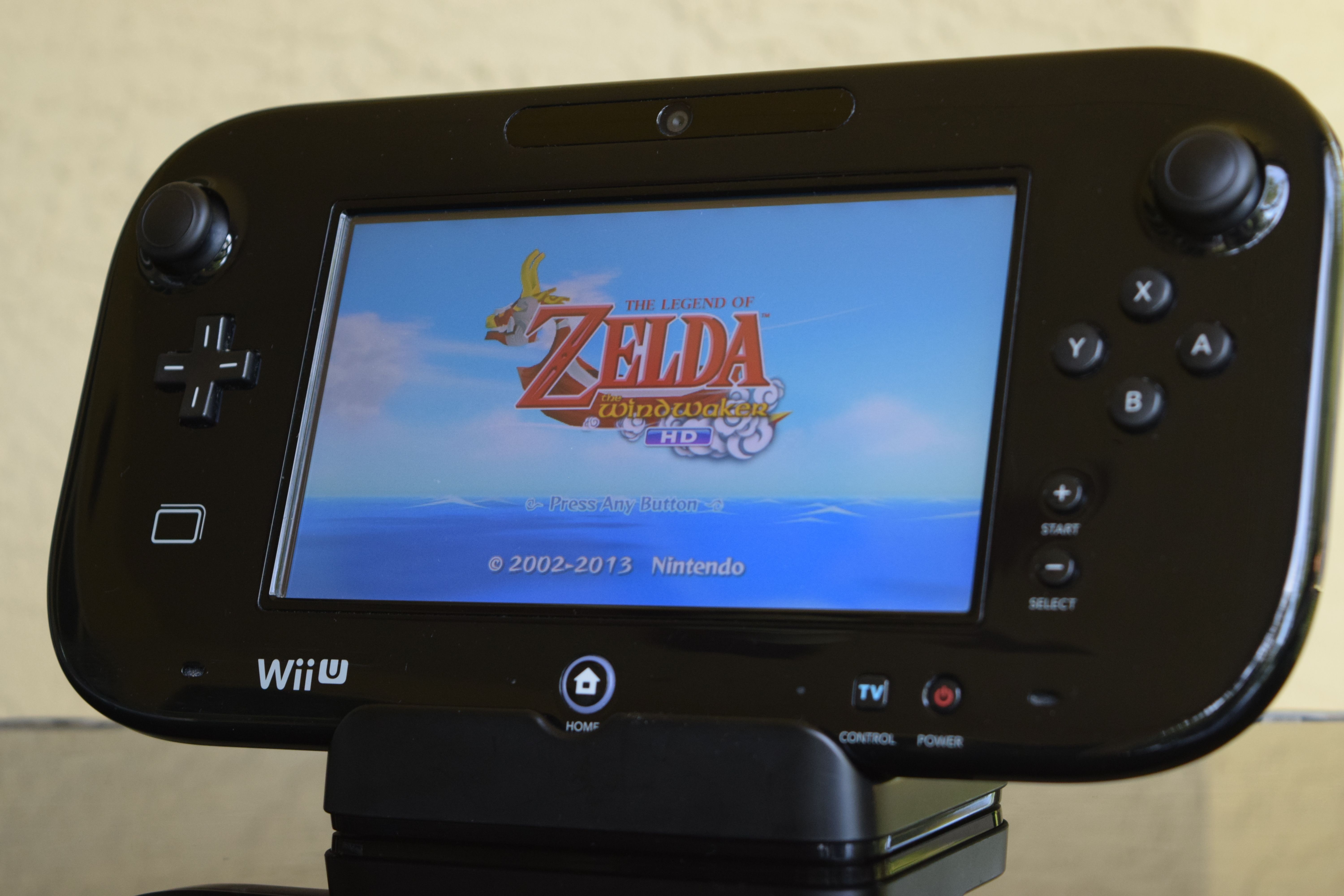
Enhancing Gaming Immersion on the Switch with Retro Integration of the Iconic Wii U Gamepad

Enhancing Gaming Immersion on the Switch with Retro Integration of the Iconic Wii U Gamepad
Key Takeaways
- The GamePad from the Wii U featured an innovative dual-screen design, delivering unique gaming experiences.
- The Switch 2 could benefit from a revamped GamePad, combining dual-screen features with portability.
- To succeed, the Switch 2 must learn from the Wii U’s mistakes, such as addressing design flaws and improving battery life.
The Wii U is usually remembered as one of Nintendo’s worst consoles, but that doesn’t mean its best ideas deserve to be forgotten. With the Switch 2 on the horizon, now is the perfect time for Nintendo to revive the Wii U’s most iconic feature: the GamePad.
How the Wii U GamePad Could Enhance the Switch 2
Although it’s often compared to the Switch, the Wii U GamePad has more in common with the Nintendo DS. Much like its handheld predecessor, the GamePad features a stylus and touch screen. However, by pairing these controls with the power of a home console, the GamePad enabled the Wii U to deliver creative ideas that could never work on other systems.
While the Wii U library is far from Nintendo’s best work, many of its highlights, such as Super Mario Maker, Splatoon, Nintendo Land, and The Wonderful 101, showcase the GamePad’s potential for delivering uniquely inventive experiences. Additionally, enhanced ports of older games such as The Legend of Zelda: The Wind Waker HD and Deus Ex: Human Revolution Director’s Cut used the GamePad to include new features and quality-of-life updates.
The Switch later reused some of the GamePad’s other features such as the gyroscopic motion controls and NFC reader , but it wasn’t able to fully replicate the Wii U’s dual-screen design. The Switch also includes a touch screen, but it can only be used while the console is undocked. To avoid locking off essential features while connecting the Switch to a TV , the touch screen is limited to functions that can also be performed with a controller (though some Switch games are better with the touch screen).

Nintendo
This essentially means that the Switch lacks the dual-screen functionality of the GamePad, which has resulted in numerous ports of Wii U games requiring concessions to their controls and design. Some of these Switch ports, such as New Super Mario Bros. U Deluxe and Captain Toad: Treasure Tracker, even removed parts of the original games that could only function with the GamePad.
It’s been over a decade since the Wii U was first released, yet nothing has filled the gap left by the GamePad. The Switch 2 could carry the torch with a new iteration of the controller. By combining the GamePad’s dual-screen concept with the portability of the Switch, Nintendo’s next console can deliver a truly unique gaming experience.
Having a second screen would allow the Switch 2 to host plenty of new dual-screen titles, as well as ports of games from both the Wii U library (complete with their original GamePad features) and re-releases of DS and 3DS titles. If the Switch 2 combined these features with backward compatibility support for original Switch games, it could easily result in the most creative and varied library of games on any Nintendo console.
How Would a GamePad Work on the Switch 2?
Although the GamePad could be a positive addition to the Switch 2, it needs to support games in both docked and undocked mode. Being able to play any game on the go was the main appeal of the original Switch, so the new GamePad should support dual-screen games without compromising the Switch 2’s portability.
To accomplish this, a Switch 2 GamePad would need to be a separate peripheral, similar to the Switch’s Pro Controller. This would allow it to support a dual-screen setup, regardless of whether you’re playing in docked or handheld mode. When the console is docked, the GamePad would provide the bottom screen while your television serves as the top monitor. Likewise, the undocked console’s screen can serve as the top monitor in handheld mode, allowing you to take your dual-screen games anywhere with the GamePad.
Admittedly, this wouldn’t be a perfect implementation of the GamePad. Although this design would maintain the Switch 2’s portability, it would also require you to carry both the console and the GamePad to play dual-screen games in handheld mode.
As long as the Switch 2 doesn’t force the GamePad into every title, this would only be a problem for games that require the dual-screen setup. However, without a carrying case that holds both the GamePad and the undocked Switch 2, there’s no getting around the fact that you will have to carry two tablets just to play these games. For this reason, the GamePad could probably use a smaller, more portable redesign for the Switch 2.
Avoiding the Wii U’s Mistakes
Even with these minor inconveniences, the Switch 2 could certainly benefit from reviving the GamePad. However, it also needs to avoid repeating the mistakes that caused the Wii U and its controller to fail in the first place. Unfortunately, these mistakes stem from the GamePad itself.
When it’s not being utilized in creative ways, the GamePad is a poor replacement for a traditional controller. Its bulky design lacks the comfortable grips of most other controllers (including Nintendo’s own Pro Controller), and its four-hour battery life means you can’t use it for long.
The latter point is especially problematic as most Wii U games and applications—including basic menus such as the system settings—require the GamePad. You also can’t wait for it to charge while using another GamePad, as the Wii U didn’t provide the option to connect multiple GamePads to the console.

Maximilian Padilla-Rodriguez / How-To Geek
To make matters worse, the GamePad was never sold at retailers or even Nintendo’s online store. If you ever needed to repair or replace your GamePad, your only options were to contact Nintendo’s customer service (which has since discontinued support for the Wii U) or buy one from a third-party seller.
The Wii U’s worst mistake was its marketing. Although the GamePad worked best as a second screen for games, Nintendo failed to communicate that to both consumers and third-party companies. Most developers struggled to understand the controller’s purpose, leading to many Wii U games having unnecessarily forced GamePad implementation or forgoing the second screen entirely. Many critics and Wii U owners viewed the GamePad as a poorly justified gimmick rather than an innovation on par with the Wii remote.
Despite the Wii U’s controversial reputation, the Switch 2 is capable of reviving the GamePad while leaving its many issues in the past. The original GamePad’s cumbersome design was a result of Nintendo’s inexperience with creating tablets as well as its overabundance of features, so the next model would need to address these flaws.
With a slimmer design, better battery life, and removal of features that went practically unused on the Wii U GamePad—including the camera, microphone, and TV remote functionality—a new iteration of the GamePad could provide the benefits of a second screen without the drawbacks of its predecessor.
Additionally, the Switch 2 could resolve the Wii U’s availability issues by allowing console owners to purchase and connect additional GamePads to their system. This would also allow the Switch 2 to deliver games based around the use of multiple GamePads, leading to new ideas and experiences that even the Wii U couldn’t provide.
This isn’t to say that the Switch 2 should rely exclusively on the GamePad or force it into every game. Although the GamePad has its uses, many titles are best enjoyed with a more conventional controller . But providing the option for developers to make use of a second screen can help the Switch 2 set itself apart from its predecessors and allow for games to utilize the GamePad for features that wouldn’t be possible on any other console.
The GamePad Deserves Another Chance
Just as the Switch refined the Wii U’s concept of a console that works on both televisions and a handheld screen, the Switch 2 could do the same for the GamePad. It might be a tough sell for those who were left disappointed by the Wii U. But with an improved design and games that showcase the advantages of a second screen, the GamePad could help the Switch 2 become Nintendo’s next success story.
Can’t wait for the Switch 2? While we sit patiently for new on Nintendo’s next console, it’s fun to think about the lessons that Nintendo needs to learn to make it a success as well as which features a Switch successor should prioritize .
Also read:
- [New] 2024 Approved Snapchat Strategies The Guide to Biz Marketing Mastery
- [New] The Ultimate Collection of Sandbox Game Picks for 2024
- 2024 Approved Chime Connoisseurs Curated List of Download Websites
- Conquer the Battlefield in Style: The Inside Scoop on the All-New Mavix M^[email Protected]
- Deciphering the Investment in Apple TV
- Family Sharing Hiccups? Here Are 6 Tricks to Get It Up and Running Again
- In 2024, All About iPhone 12 mini Unlock Chip You Need to Know
- Tech Assistance Agreement
- The Next Level of Collaboration Youtube's Elite Meetups for 2024
- The Ultimate Comparison: Elite Ranking of Travel-Ready WiFi Devices
- Unlock Your Tecno Phantom V Folds Potential The Top 20 Lock Screen Apps You Need to Try
- Updated In 2024, Fast Track to Film Fame Easy Movie Creation Secrets
- Why the Samsung Galaxy Note 9 Reigns as Top Large-Display Mobile Device
- Title: Enhancing Gaming Immersion on the Switch with Retro Integration of the Iconic Wii U Gamepad
- Author: Kenneth
- Created at : 2024-09-26 17:38:32
- Updated at : 2024-10-01 18:59:26
- Link: https://buynow-tips.techidaily.com/enhancing-gaming-immersion-on-the-switch-with-retro-integration-of-the-iconic-wii-u-gamepad/
- License: This work is licensed under CC BY-NC-SA 4.0.